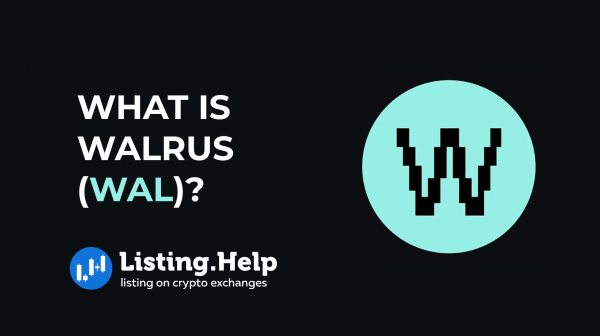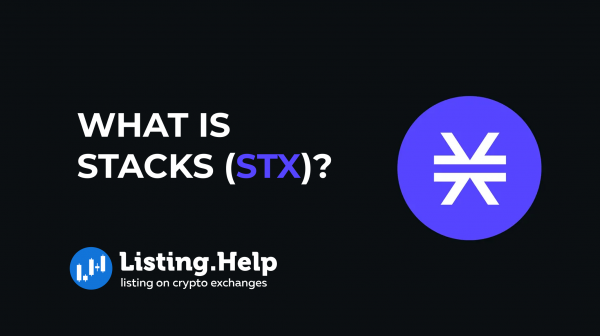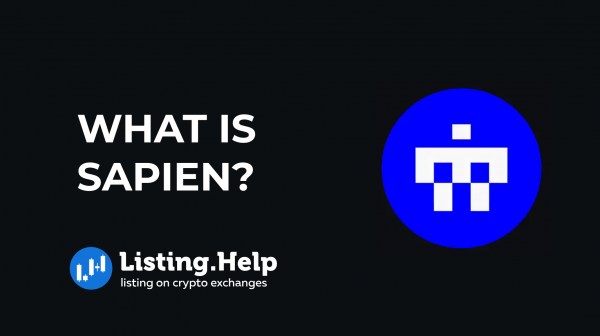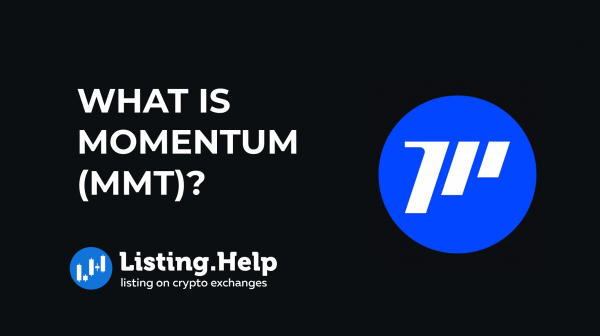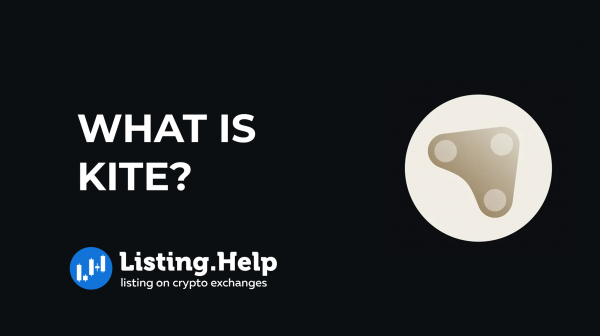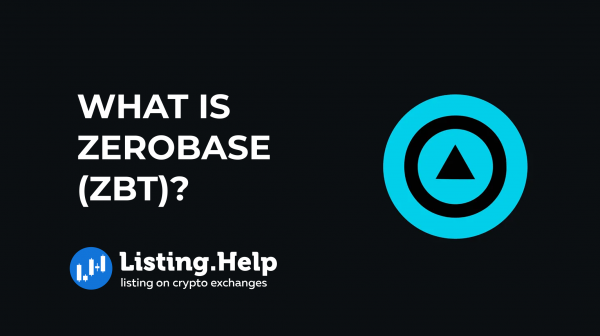What is Somnia (SOMI)?
 September 14, 2025
September 14, 2025 Updated: September 14 2025, 07:28
Updated: September 14 2025, 07:28
LEAVE A REQUEST
Launching your own token project? Our experts are ready to help with listing on exchanges, market making, marketing and other solutions
SUBMIT APPLICATIONSomnia is a Layer 1 blockchain built to handle real-time, high-volume applications such as gaming, social platforms, and metaverse systems. It was designed to move past the limits of existing blockchains, and during tests, the network showed it could process over one million transactions per second (TPS) across 100 distributed nodes.
The system is fully compatible with the Ethereum Virtual Machine (EVM), allowing developers to work with existing Ethereum tools and smart contracts without major adjustments. Its native token, SOMI, supports the ecosystem by covering fees, enabling staking, rewarding validators, and powering governance.
How Somnia Works?
Accelerated Sequential Execution
On blockchains like Ethereum, smart contracts are executed step by step inside a virtual machine. Somnia takes a different approach, allowing contracts to be compiled into optimized machine code. This makes them run at near-native speeds.
Tests showed this method can process millions of transfers in fractions of a second. Because compiling consumes more resources, the technique is used mainly for contracts that are called frequently, while less active ones continue running in the standard virtual machine.
IceDB
A blockchain constantly interacts with data — balances, contracts, and transactions. To manage this, Somnia uses IceDB, a database built for speed and consistency, where operations are measured in nanoseconds. Features like integrated snapshotting allow the system to handle large amounts of information smoothly, even under heavy load.
MultiStream Consensus
Every blockchain relies on consensus to determine transaction order. Somnia applies a model called MultiStream consensus. In this setup, each validator keeps its own “data chain” of transactions, and a separate consensus chain organizes them securely. The design is based on Proof of Stake (PoS) principles combined with Byzantine Fault Tolerance (BFT).
This division of roles makes it possible for validators to process transactions in parallel instead of waiting for all of them to work on the same block. The consensus chain prevents any validator from altering its own records without detection, preserving both throughput and security.
Advanced Compression
Handling millions of transactions produces heavy data traffic between nodes. Somnia reduces this load with compression methods and signature aggregation.
By merging many digital signatures into a single one, the system can verify entire batches almost as quickly as verifying a single transaction. Together with compression, this lowers bandwidth use, enabling the network to sustain high throughput without overwhelming resources.
Use Cases
Somnia was built to give Web3 applications the same scale and responsiveness people expect from Web2 platforms. Its architecture supports high transaction throughput and quick confirmations, making it a fit for a range of applications:
Gaming (GameFi)
With Somnia’s capacity, developers could create games that operate fully on-chain. Players would directly own their in-game assets, and titles could keep evolving without depending on a single company. Community-driven updates and expansions would allow the games to continue as long as players remain engaged.
Social media (SocialFi)
The network makes it possible to build social platforms where accounts, posts, and connections exist on-chain. This setup gives users and creators control of their data and the ability to transfer it across different services instead of being locked into one platform.
Metaverse
Somnia can provide the base infrastructure for virtual environments, where assets, avatars, and experiences move smoothly between worlds. To support this, Somnia has introduced a Metaverse Browser as the entry point to its ecosystem, combining a Web3 wallet with a straightforward interface for decentralized applications (DApps).
Decentralized finance (DeFi)
The system’s speed can power advanced financial tools such as fully on-chain order books. These would mirror features of centralized exchanges while adding transparency and direct asset ownership.
Real-time applications
Somnia’s design also extends to services that need instant responses, including messaging platforms, online markets, and streaming. Running these directly on-chain blends the efficiency of Web2 with the openness and ownership offered by Web3.
What is the SOMI Token?
The SOMI token is the core asset of the Somnia network. With a capped supply of 1 billion, it serves several roles within the ecosystem:
- Gas fees: Used to cover costs for transfers, contract execution, NFT minting, and other transactions.
- Validator staking: Operating a node requires 5 million SOMI. Validators process transactions, secure the system, and earn rewards from fees and treasury incentives.
- Delegated staking: Token holders who do not run nodes can delegate SOMI to validators. Delegators share in validator rewards, under terms set by each validator.
- Governance: Future plans include giving SOMI holders voting rights on network upgrades and policies.
The Delegated Proof of Stake (DPoS) framework ensures that both validators and token holders contribute to the security and direction of the network.
The SOMI token is listed on many platforms, including BingX, Binance, PancakeSwap and MEXC. If you’re looking to list your token on similar platforms, understanding the token listing process and crypto exchange listing fees is essential.
Conclusion
Somnia is a blockchain designed to deliver performance on par with traditional internet systems. With faster contract execution, its own database, parallel consensus, and advanced compression, it sets out to handle large-scale, real-time applications on-chain, expanding blockchain use beyond finance into wider consumer services.

For more insights and updates on the crypto world, don’t forget to check out our blog at Listing.Help.




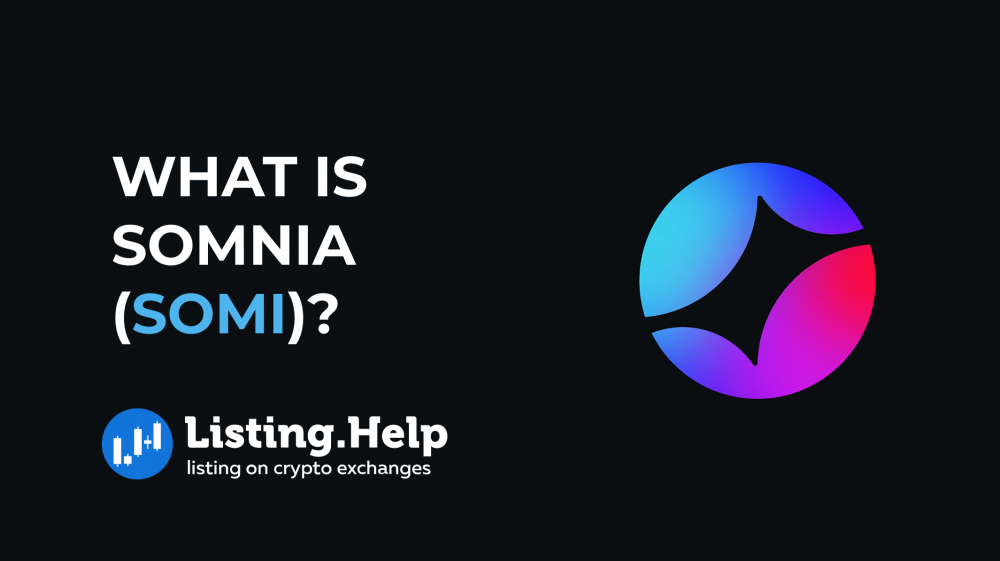


 December 22, 2025
December 22, 2025 